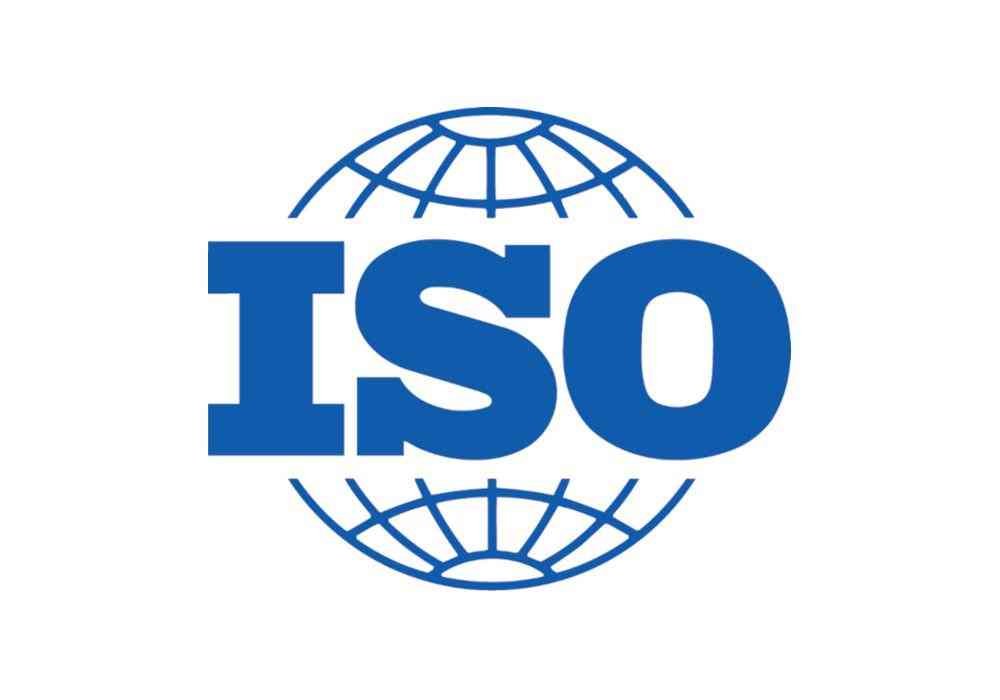Quality management system plays one of the most important roles for any industries and organization’s success. It involves systematically managing and continuously improving an organization’s processes, management, standardization and quality control to ensure consistent, high-quality products or services.
What is ISO 9000?
ISO 9000 is a set of international standards developed by the International Organization for Standardization (ISO) that outlines the requirements for implementing a quality management system (QMS). ISO 9000 is the only available internationally accepted standard for quality management system in the world. It stands for system standardization and certification rather than product standardization and certification.
ISO promote standardization to facilitate international exchange of goods and services and to develop international economic, technical and intellectual co-operation.
ISO 9000 helps organizations and industries understand the terminology and concepts related to quality control, quality management and represents the standards for quality management system. ISO 9000 is the selection guide for quality management system standards.
ISO 9001, ISO 9001 and ISO 9003 represents the three models of quality management system for contractual situation where the supplier seeks the certification against the quality management system standards.
ISO 9001:
ISO 9001 is meant for the organizations dealing with production, manufacturing and installations. ISO 9001 is the core standard that outlines the requirements for a Quality Management System. It is almost comprehensive, covering 20 elements, spanning different areas of organizational working. Organizations and industries can become ISO 9001 certified by meeting these requirements through audits and assessments.
ISO 9002:
ISO 9002 is a part of the ISO 9000 series of standards that focused specifically on the quality management system requirements for organizations involved in the production and manufacturing of products. ISO 9002 deals with 18 elements leaving “Design Control” and “Servicing” included in ISO 9001.
ISO 9003:
ISO 9003 is also a part of the ISO 9000 series of standards that focused on the quality management system requirements for industries and organizations involved in quality inspection and testing services. ISO 9003 is concerned with quality assurance. ISO 9003 has only 12 elements. ISO 9003 is a kind of subset of ISO 9002 and ISO 9002 is kind of subset of ISO 9001.
ISO 9004:
ISO 9004 provides guidance on how to maximize the benefits and performance improvements derived from that quality management system (QMS). ISO 9004 is even more extensive and covers additional elements over and above, what is cover under ISO 9001. ISO 9004 is aimed at helping organizations improve their overall performance, efficiency, and effectiveness. “Quality Cost” and “Product Safety and Liability” have been covered only in ISO 9004.
Features of ISO 9000 Series of Standards:
ISO 9000 is applicable to all types of industries and organizations in various manufacturing or services sectors. These standards have been formulated by the people, who are conversant with the problems and failures, which occurs in industries. It defines the basic concepts and specifies the procedure and criteria to ensure that the outgoing product meet the customers’ requirements.
The important features of ISO 9000 are the integration of all activities which have direct or indirect effect on the quality of a product or service.
Advantages of ISO 9000:
Here are some of the benefits and advantages of ISO 9000 standards are as follows,
- ISO 9000 series of standards enable to meet the requirements of an internationally uniform quality system.
- It reduces the need for assessment by multiple buyers.
- It reduces the time and money spent on multiple inspection of the product for conformance.
- It motivates the employees and develop pride in them for achieving excellence.
- ISO 9000 promotes a culture of continuous improvement, ensuring long-term success.
- It enables the company to build customer confidence that it is capable of delivering the product and services in desired quality.
- It is useful to enhance the foreign exchange.
- ISO 9000 promotes a culture of continuous improvement, ensuring long-term success.
- It is used to achieve a system of management and control.
Disadvantages of ISO 9000:
Here are some of the disadvantages of ISO 9000 standards are as follows,
- The assessment and registration of ISO 9000 is expensive and time-consuming lengthy process.
- ISO 9000 may not be suitable for all types of industries and organizations. Its relevance and effectiveness can vary depending on the industry size, working and culture.
- The implementation of ISO 9000 series of standards is very much depending on resources.
- ISO 9000 requires extensive documentation of processes, procedures, and quality records.
- The maintenance of ISO 9000 certification requires ongoing effort and resources.
- ISO 9000 compliance can sometimes create a perception of bureaucratic red tape within an organization.
ISO 9000 is not just a set of standards; it’s a commitment to industries and organizations for quality management system and customer satisfaction. ISO 9000 plays a significant role in ensuring the products and services you encounter meet the highest standards of quality.



